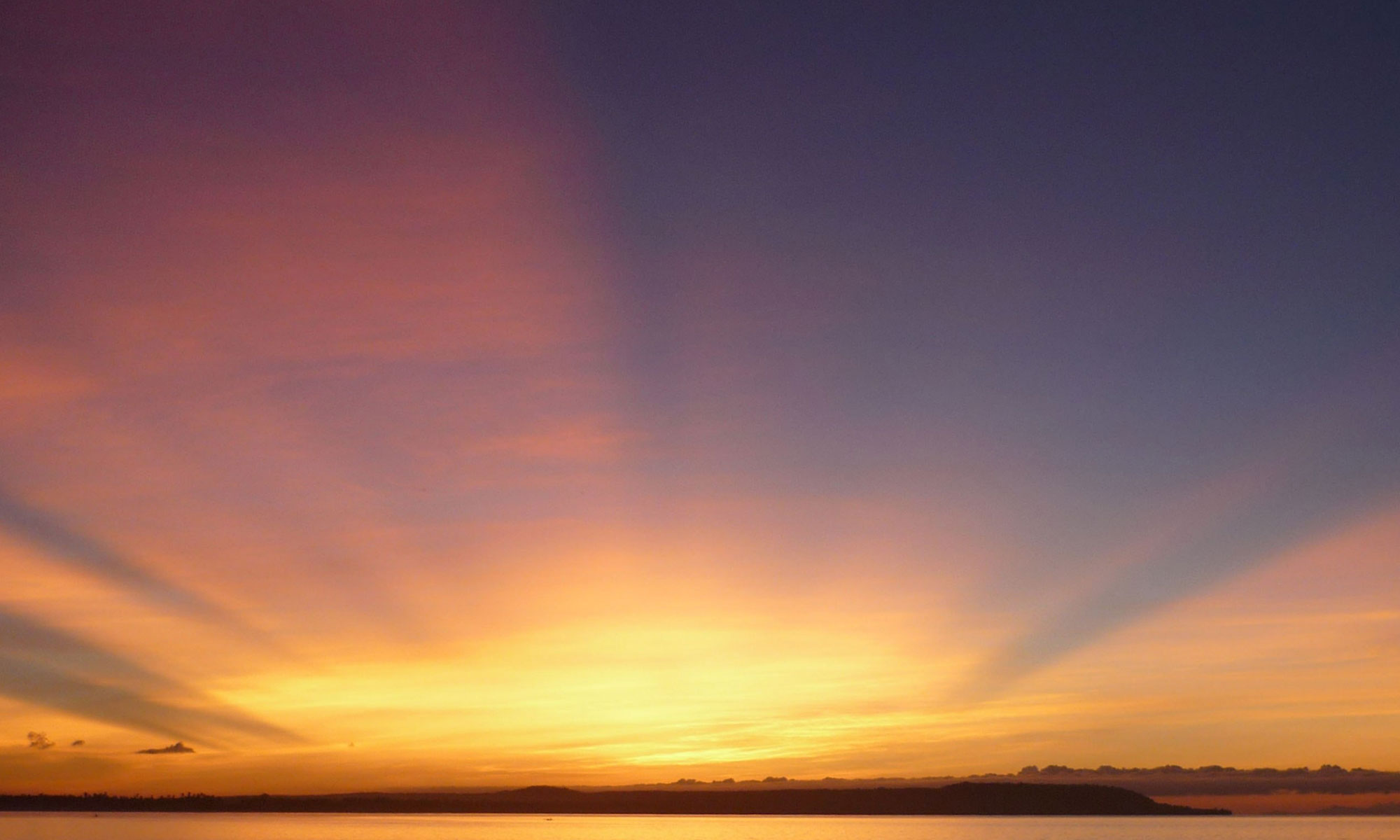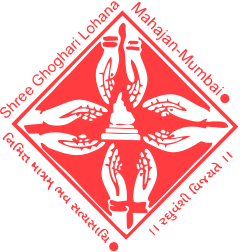History of Lohana Community
Lohanas are “Raghuvanshi Kshatriyas”. Since Raghuvanshis were Suryavanshis, naturally Lohanas are also ‘Suryavanshis’. Going deep in the history of Lohanas would mean going deep in the history of Raghuvanshis and Suryavanshis. Most of it is in the form of legend. Whether legends are historically true or not, is a subject of great debate. One thing is sure that it gives insight to various aspects of our origin and history till the time that recorded history began.
While travelling in South East Asia I had come across a book in which the legend had recorded that after passing away of Shri Ram, his kingdom was divided between his 2 Sons – LUV & KUSH. Luv was given all the territories – east of Ayodhya, and Kush was given west of Ayodhya. Two Sons of Bharat namely Pushya and Taksha joined with Kush. This is corroborated by history which says that Pushya founded a new city in the name of Pushyapur which over the centuries got the modem name Peshawar and Taksha founded a new city by the name Takshasila which at present is known as Taxila in the land from where their grandmother Kaikeyi hailed. She was the princess from highlands of Kekay now known as North West Frontier Province of Pakistan. Area in which I read this book was Laos which is known even today in their local language as Luvpradesh and in modem French version Laos which is pronounced as ‘Lao’. Over the centuries the descendents of Luv extended their empire up to the Chinese sea and beyond upto Bali and including Indonesia. Bali is named after the mighty king, Wali – brother of Sugrieve of our and their Ramayan. They call their ramayan as Ramakien i.e. Ramakhyan – the life story of Rama, because they are connected with Ram of Raghuvansh. The eastern empire also included Champa (now known as Vietnam), Kamboj now known as Cambodia, Laos and Thailand then known as Siam Pradesh, Burma which was known as Dwaravati etc. Until 200 years ago, prior to Bangkok, Ayodhya was capital of Thailand. That Ayodhya still exists. Present king’s name is Bhumibal Atulyatej Rama the Nineth. Thanon Surawongse i.e. Suryawansh Marg in Central Bangkok today is not without their roots in Raghuvansh. And confirms their descent from Suryavansh. Names of kings of Laos such as Sinhanouk and Ranariddha – do they sound Chinese or Bharatiya? The theory of Bharat Varsh from Coasts of Mediterranean to Bali are full with legends supporting their roots from India.
Similarly, the empire of descendents of Kush included North, West and North Western India, Gandhar (Afghanishtan), where they established a new capital in the name of Kapisthala in honor of Hanumanji. In modern time it has been shortened Kapisa which is to the north of Kabul.With advent of Islam and Gandhar falling into the hands of Muslims, a new city was established by them near Kapisa by the name of Kabul. They also occupied Central Asia and established a new city Shrimarkandpur honoring their suryavanshi descent. Markand means Sun. So the new city was Suryapur or Sun city. Over the times ‘Pur’ got dropped, the original name got shortened and the city today is known as Srimarkand – Samarqand. Not only that, the largest Sun temple was also built at Samarqand by them which was in ruins few centuries ago but now even the ruins have vanished.
I have all the reason to believe that descendents of Kush went right upto Mediterranean sea i.e. going upto Egypt. The capital city established by them there was known as Heliopolis (old name of Cairo) Helio is Sun and Polis is city so in good old days Cairo was also to say in our language Suryapur. In their language Sun was Raa and all the kings were considered as sun personified. We also called our kings Raa e.g Raakhengar. it got improved from Raa to Rao and Rai and Rana aiso. Rana Pratap was a great Suryavanshi king whose story is well recorded in history. Even Egyptian kings had names such as Ramses I, II etc. Suryavanshis were Shiv bhaktas. Near Pyramids in Cairo you can see even today Sarcophaguses of bulls. Holy bulls were buried so well that their tombs exist even upto today. Coins of Shahi Kings of Afghanistan show Nandi (bull) on one side and horseman on the other. Kushan king also had Shiva with Nandi on one side and king on the other. What is Sphinx? Murty i..e. idol of Narsimha who killed Hiranyakashyapu an Assyrian king – grandfather of Baliraja who ruled over lands presentiy know as Arabia. These are pointers to our possible links. I can give many more examples but some other time.
With that short history now we come to Facts:
Lohana is short form of Lohar Ranas because as per the recorded history Lohanas ruled over Kashmir from AD 1003 to 1338. It has been recorded as Lohar dynasty-I and Lohar dynasty-II and subsequently rulers from the same clan upto 1338, after which there were mass conversions to Islam. Many of us migrated under compulsion to Punjab, Sindh, Kutch and Gujarat and today they are known as Punjabi-Lohanas, Sindhi-Lohanas, Kutchi – Lohanas, Halai-Lohanas, Depalas and Goghari-Lohanas. Those who resisted the conversions and/or migrations, were killed and there was mass holocaust as recorded in Kashmir history.
For the benefit of readers, to give more historical facts, I am giving below the names of kings who ruled over present day Jammu-Kashmir and adjoining areas in Himachal upto Bhimnagar with their dates:
These kings had issued their coins which can be seen in Pratapsinh Museum, British Museum-London, in Coin Cabinets of American Numismatics Society, USA and hundreds of private collections.
Prior to getting Kashmir under our rule, rulling system in Loharpradesh was more of the style of federation which can be witnessed in surnames of Lohanas. The rulers of smaller areas were known by their areas such as Raichadda, Raimangia, Raithatta, Raikundalia, Raichura, Raivadera, Raj Popat etc.Some surnames were known from the place from where they had come e.g. Dodechas are from Dodda which is now in jammu, Kotechas are from Kota i.e. today’s Quetta, Dhamechas, Sonecha – Soneta, Hindocha etc. Unadkats are from Unnadkot. Unnad means Sun. Prior to Lohanas ruling over Kashmir; they had their own capital in Loharpradesh at Ohind near Poonch /Rajouri and the fortified town was known as unnadkot i.e. Suryakot so all the Unadkats hailed from that part of Loharpradesh. Now it is corrupted to Unadkath, Annadkath etc. For strategic reasons when we moved our capital from Ohind to Nandana, we got the surname Nandani also. Like that most of the Lohana surnames can be traced to their ruling area and / or their place of domicile or in some cases to their brave ancesters, some fo whome were kings e.g. Sejpal we had a line of kings with such names, namely Anangpal, Jaipal, Madanpal, Trilochanpal, Sejpal etc. parmani from king Parmanuk, sayta from king Sayata, Bhimani from Bhimdev. Similarly we had a dynasty known as Karkotak which had kings by the names of Lalitaditya, Pratapaditya, Vinayaditya etc. With drop of “kar” from Karkotak, the descendents of this dynasty came to be known as Kotak. These are not anecdotes.
These are facts and historical data giving period of their rule exists so also their coins exist and can be seen in the places aforesaid as also in many numismatic books. I will give them in later articles. Rulers of Afghanistan were known as Shahis as they were descendents of Kidarkushans who in turn had descended from Kushans. Kushan kings used to write their names on their coins with title Shao – Nano – Shao i.e. King of Kings which in modem parlance would be Shahenshah which sounds as Muslim word but it is not so. Shao – Nano – Shao is close to 2000 years old title when Islam did not exist. As per the book I had read, Kushans were descendents of Kush. Their history, their specific descendents who ruled over an area extending from Samarqand in north to Chachpradesh i.e. delta of Sindhu river where it meets the Indian Ocean and from Herat in the west to Bhimnagar in Himachal Pradesh …
This is a historical fact recorded in hundreds of history books. A coin of first Kushan King Wima Takto – which means ‘Bhim the victorious’. Takto is a Central Asian word meaning ‘victorious’.. Shaka in Sanskrit means Vijay Victory . I will illustrate these coins in later articles …
Wima Takto’s reign period is reckoned as from circa AD 55- to AD 105. It is believed that it was he who started Shaka Samvat commemorating his victory of their ancestral kingdom and Which exists and continues even today. From their period till the last Lohana King i.e. 1338 more or less continuous chain of kings and their coins exist for everyone to see in various museums in different countries of the world. I do not know of any other race which ruled for over 1200 years and we should be proud that we belong to the same worthy race of Suryavansh-Raghuvansh.
If we try to put down all that history at one place in a book form, it can make a nice glorious record of our history and our ancestry but for that there has to be a separate project. Lohanas today know only about one brave warrior i.e. dada jasraj who existed appx. Between AD 970 and 1000. If our history is re-written on the basis of above outlines the world will be surprised to know the large number of heroic and illustrious warriors and rulers from amongst our ancestors. Life of Jasraj is a nice example of the courage and valor of Lohar Ranas because he killed Sabuk-tigin – father of Mahmud Gazni, in the year AD 997, in his own court in Kabul, in presence of his courtiers and still escaped with his party. History has recorded that to avenge the death of his father, Mahmud Gazni attacked Loharpradesh three times and failed to capture Loharpradesh but in one of those aggressions Jasraj lost his life. So alsoMahmud tried to capture Kashmir where we were ruling and failed all the 3 times.He had succeeded in capturing Punjab and other parts of India which is part of history known to everyone but I repeat that our military supremacy was so good that even he could not capture our areas though he succeeded in various other parts of India.
Here I would like to add that this being the historical fact, our legends saying that Dada Jasraj killed Chengizkhan and that Taimurlang also lost his life at Dada’s hands, needs to be corrected. Chengiz died in the year AD 1227 while fighting with Tanguts in Mongolia and lies buried in Burkan Qaldun-Mangolia. So aiso, Taimur died in AD 1405 at Otraer on Jaxartes river in war against China. The most important thing that history tells us is that it was our ancestors who stood guard at North West Frontier of our country and served as successful sentries for over twelve centuries and defended our borders valiantly. We should record in our annals accordingly.
I hope this short synopsis will give inspiration to more young people to delve deeper in our history and publish their research for the benefit of entire Lohana community which is today spread ail over India, UK, USA, Canada, Africa and other parts of the world. It will be my pleasure to assist.
Coins of our various dynasties and kings aforesaid are available with many Museums & coin collectors, most of whom are not connected with Lohanas. Therefore our history has remained obscure. The serious students of our history should now procure them wherever possible as a supporting evidence to our history. It is rather late, but worth an effort.
Whatever coins I have I will put up on our website and I am sure that will make you all proud and confirm our HISTORY. After take over of reigns from us, our gold, silver and copper coins were systematically melted down to manufacture coins of Sultans. Our coins were even otherwise a taboo for them because they portrayed King and Lakshmi on them. Human pictures are forbidden in Islam, so from that point also our coins ere withdrawn by subsequent Muslim rulers. So, our coins have vanished. What we come across some times are those from fresh excavations in our erstwhiie areas. From that also, I have seen bulk goes to coppersmiths in local bazaars for making copper utensils which are very popular with local populace.
Joshi’s book Jasraj – a legend – proved an inspiration for me and prompted me to spend more than 50 years in travels to all these lands and picking up threads of our history from everywhere. From Cairo to Bali. I will rest in peace if the younger members from our community will now continue this work and bring out more hidden treasures of our grand history.


